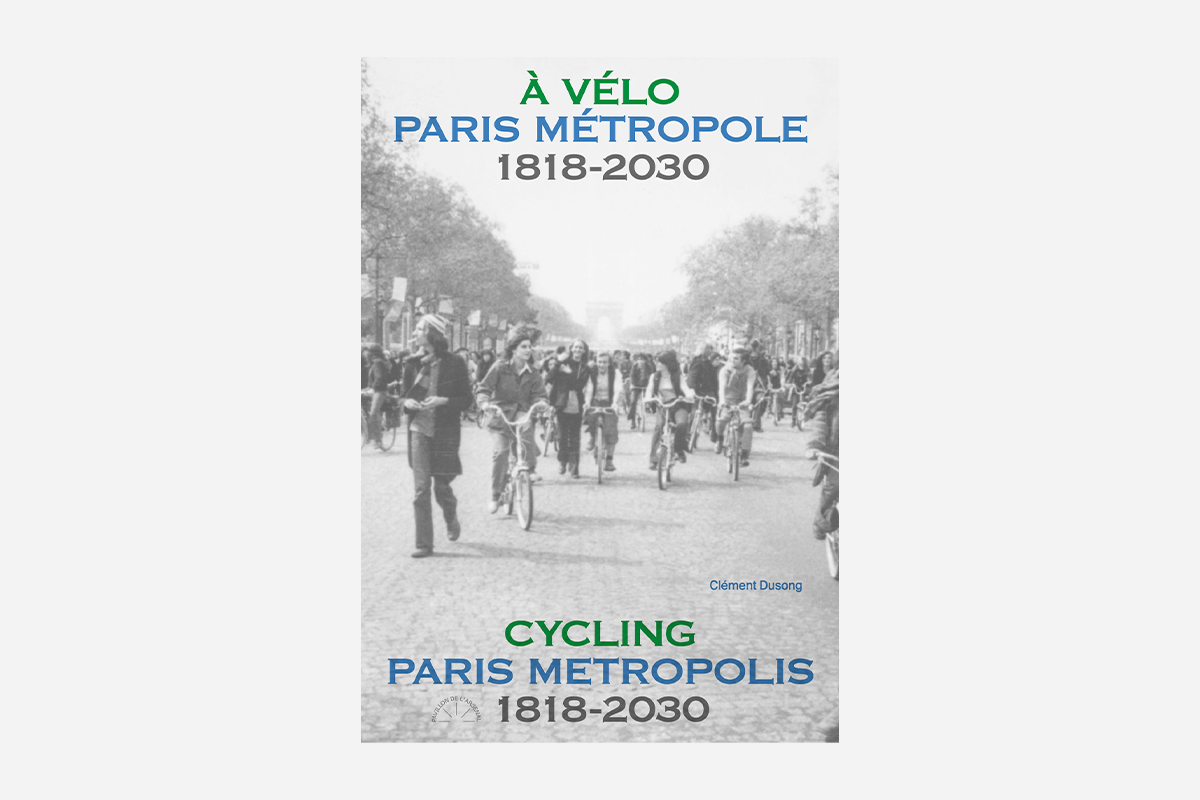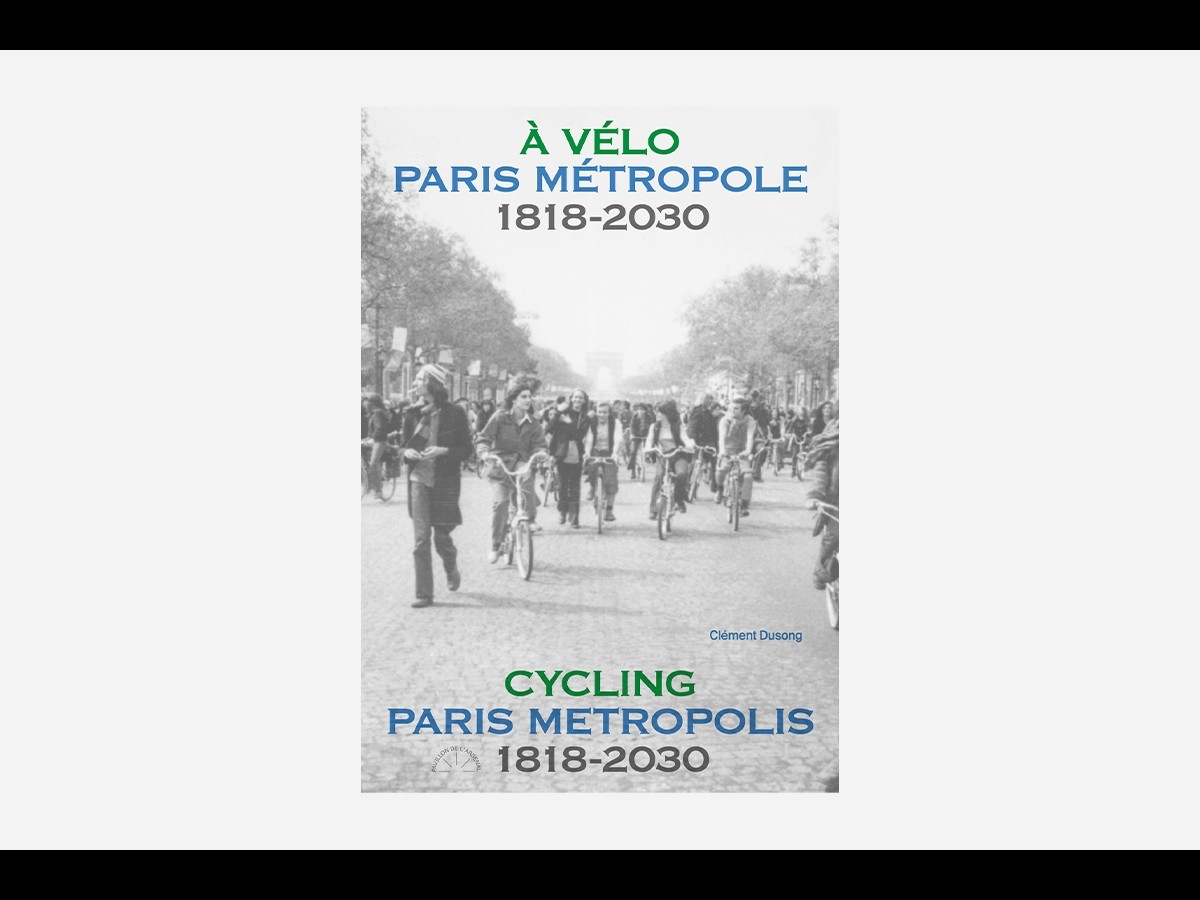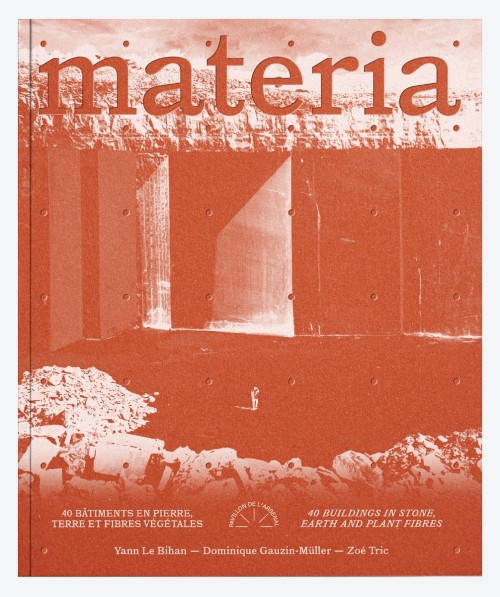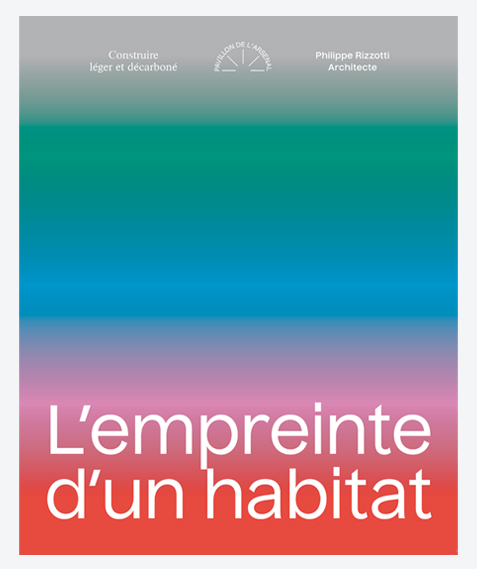The bicycle has once again become a key means of transportation within the Parisian metropolis. The development of infrastructure and services in response to citizen advocacy has led to a tenfold increase in the use of bicycles in the last thirty years. This bicycling renais-sance serves to remind us that Paris and bicycling have been closely intertwined for more than two centuries, dating back to the bicycle’s invention in 1818, when its inventor chose Paris as the site for his first worldwide demonstration.
Bicycle usage has continued to evolve over the centuries. Initially an amusement for the nineteenth-century Parisian bourgeois elite, it became popular in between the wars, eventually falling out of favour during the Glorious Thirties. In the 1970s, it became an ecological symbol and tool, and slowly also the subject of urban planning and public policy.
The City of Paris embraced the bicycle in 1996 with a bicycling policy, and each subsequent mayoral administration has seized the opportu-nity to implement ambitious projects in this regard. This has made the metropolitan region a model for transforming the public space in favour of bicycles.
A study of bicycling over time reveals both themes that recur through-out its history and the singularities of its current practices. In the context of our recent environmental, economic, and healthcare crises, the bicycle has proven itself an effective solution to the contemporary chal-lenges that we face.







